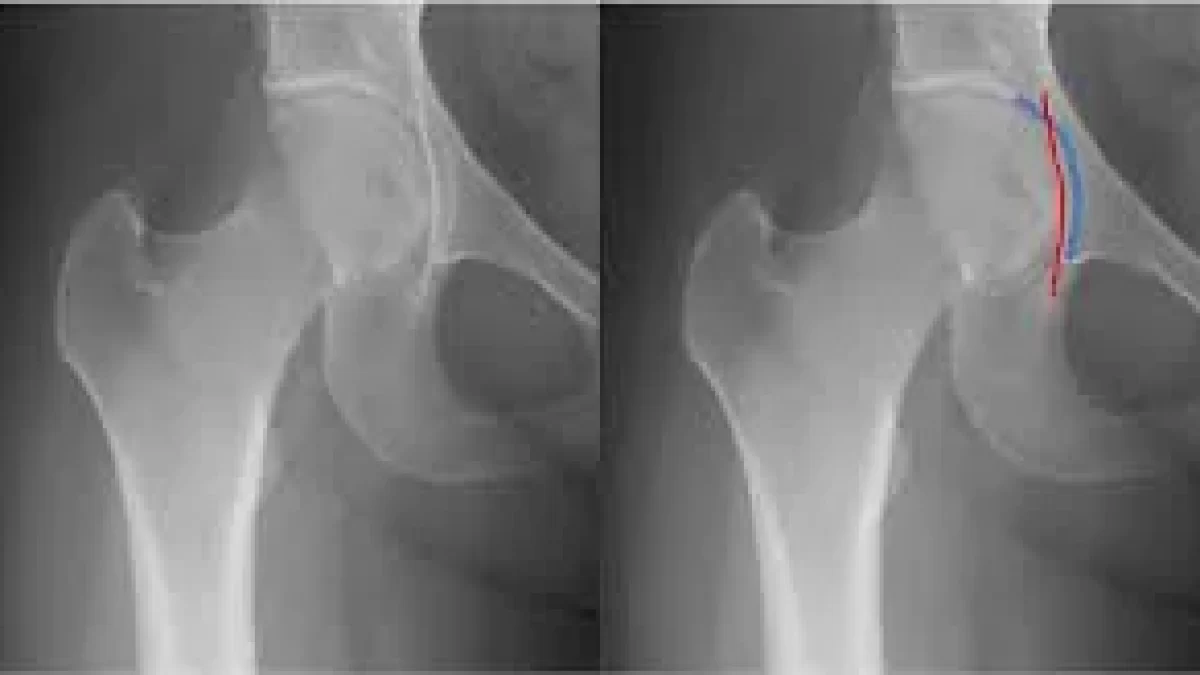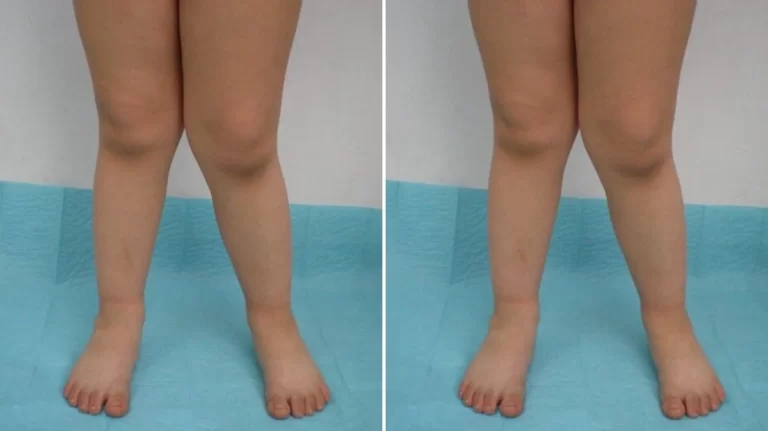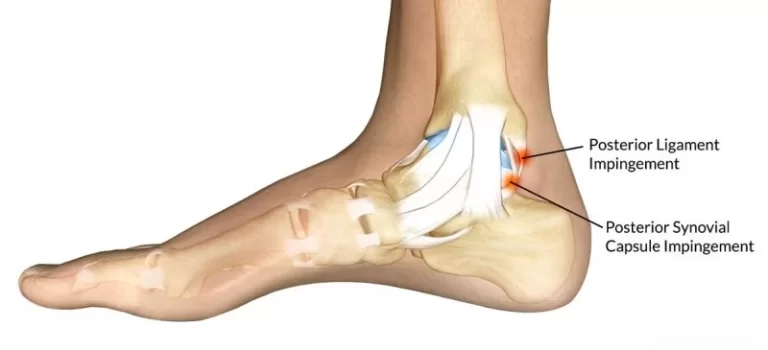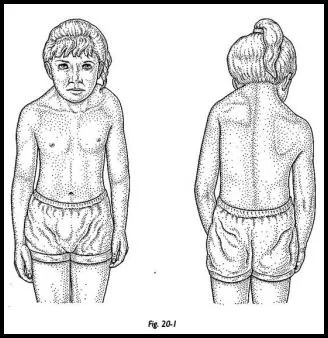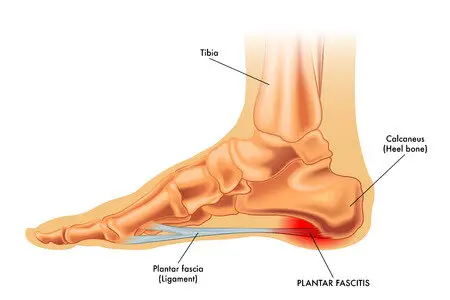Coxa Profunda
What is a Coxa Profunda?
Coxa profunda is a condition characterized by an unusually deep hip socket (acetabulum), which can lead to excessive coverage of the femoral head. It’s often used as a radiographic finding to diagnose pincer femoroacetabular impingement (FAI), a type of hip impingement syndrome.
Both asymptomatic football players and symptomatic patients frequently have coxa profunda on radiographs. Coxa profunda was not linked to an overcovered acetabulum; rather, it was found in hips that represented the range of acetabular coverage. We find that coxa profunda has no impact on overcoverage and recommend that alternative factors, such as focused or general overcoverage, be used instead of coxa profunda in the diagnosis of pincer FAI.
Coxa profunda has classified hips with this radiological finding as having pincer FAI because it is characterized by the acetabular fossa touching or crossing the ilioischial line and having acetabular overcoverage.
In radiologic and orthopedic evaluations, the phrase “coxa profunda” indicates a deep acetabulum, or the hip joint’s socket. Imaging tests like X-rays are frequently used to diagnose this problem, which is characterized by the acetabulum extending medially (inward) past the ilioischial line. Coxa profunda may be a typical anatomical variation or it may be linked to specific hip conditions such as hip dysplasia or femoroacetabular impingement (FAI).
Epidemiology
In females, coxa profunda is more common as compared to males.
Causes of Coxa Profunda
Numerous circumstances can lead to coxa profunda, and it can be linked to both specific hip disorders and typical anatomical variances.
The following are the causes:
Normal Variations in Anatomy
For certain people, coxa profunda is just a typical variation that doesn’t result in any symptoms or hip trouble. There may be no underlying problem and only a naturally occurring deeper acetabulum.
Femoroacetabular Impingement (FAI)
Cam Impingement: This happens when the femoral head jams into the acetabulum due to its imperfect roundness.
Pincer Impingement: When the acetabulum covers too much of the femoral head, coxa profunda frequently results. When moving, the acetabulum’s rim may rub on the femur due to the extensive covering.
Hip Dysplasia: An overly deep or shallow acetabulum in hip dysplasia might result in poor joint mechanics. While a shallow acetabulum is more frequently associated with hip dysplasia, coxa profunda can occasionally be observed in cases of dysplastic hips.
Acetabular Retroversion: This disorder arises from an abnormal backward rotation of the acetabulum, which may be responsible for the imaging look of coxa profunda. Hip pain and impingement can result from retroversion.
Developmental or Congenital Hip Conditions: An unusually deep acetabulum might be the result of certain developmental disorders that affect the hip joint throughout maturation.
Arthritis or Degenerative Joint Disease: Over time, long-term joint problems such as osteoarthritis can alter the shape of the hip joint, which may result in the development of coxa profunda as the acetabulum becomes more prominent.
Trauma or Previous Surgery: Hip joint injuries or operations can change the acetabular structure, which over time might result in a deeper socket.
Genetics: The development of coxa profunda may be influenced by genetic or familial predispositions to particular hip problems or morphologies.
Postural or Mechanical Factors: Over time, a number of postural behaviors or activities that repeatedly strain the hip joint may be linked to the acetabulum deepening.
An orthopedic specialist’s comprehensive evaluation is required if coxa profunda is causing symptoms such as hip pain, stiffness, or limited range of motion. This will help pinpoint the underlying cause and the best course of treatment.
Symptoms of Coxa Profunda
Coxa profunda can cause
- Hip pain
- Limited range of motion
- An antalgic gait
- Hip labral tears or cartilage injury as a result of alterations in joint mechanics.
Diagnosis
Coxa profunda is usually diagnosed by a combination of imaging investigations and clinical examination.
X-Ray:
Anteroposterior (AP) Pelvic View:
An AP pelvic X-ray is usually used to diagnose coxa profunda. The deepest portion of the acetabulum, known as the acetabular fossa, may be seen on this image extending medially past the ilioischial line, also known as the Köhler’s line.
Signs to Look For:
The medialization of the acetabular fossa beyond the ilioischial line is the primary radiological indication of coxa profunda. The femoral head may also seem to be firmly placed inside the acetabulum.
Diagnostic Criteria
Medialization Beyond the Ilioischial Line: The acetabular fossa extends beyond the ilioischial line on an AP pelvic X-ray.
Association with Hip Pain or Mechanical Symptoms: While coxa profunda can be asymptomatic, the diagnosis may gain clinical significance if associated with hip pain, limited range of motion, or mechanical symptoms like clicking or locking.
Consultation with a Specialist
Referral to an orthopedic specialist, especially one with experience in hip issues, may be advised for additional assessment and treatment if coxa profunda is suspected or proven.
Making the right diagnosis is essential to creating a treatment strategy, particularly if the illness is causing symptoms or other problems with the hip joint.
Treatment of Coxa Profunda
Conservative methods of treating coxa profunda may include physical therapy and pain medication; however, in more severe cases or when coxa profunda is linked to other hip problems, surgery may be required.
Surgical Treatment
Hip Arthroscopy:
A minimally invasive procedure that allows the surgeon to address issues such as labral tears, remove bone spurs, or reshape the acetabulum to reduce impingement.
Osteotomy:
A surgical procedure that involves cutting and realigning bones to improve the hip joint’s mechanics and alleviate impingement.
Hip Replacement:
In severe cases where the hip joint is significantly damaged, a total hip replacement might be considered.
As with any medical issue, seeking the advice of a trained healthcare provider is crucial for an accurate diagnosis and a treatment plan that is customized to the patient’s unique circumstances.
FAQs
What is the treatment for coxa profunda?
Whether coxa profunda is producing symptoms determines how to treat it. If asymptomatic, therapy might not be required. Options, if symptomatic, consist of:
Anti-inflammatory drugs, physical therapy, and activity modification.
Hip arthroscopy or corrective surgery may be necessary to reduce impingement and enhance joint function in severe cases of disorders such as femoroacetabular impingement (FAI).
What is the cause of coxa profunda?
Coxa profunda is typically caused by acetabular overcoverage, where the hip socket (acetabulum) is deeper than normal. This can be a result of developmental issues, such as developmental dysplasia of the hip (DDH), or it can be associated with conditions like femoroacetabular impingement (FAI).
Is coxa Profunda painful?
The clinical picture may show serious pain from the inflamed, cystic, and contused labrum. On the other hand, those who suffer from cam-type Femoroacetabular Impingement Syndrome (FAIS) do not experience early impingement involving the labrum.

